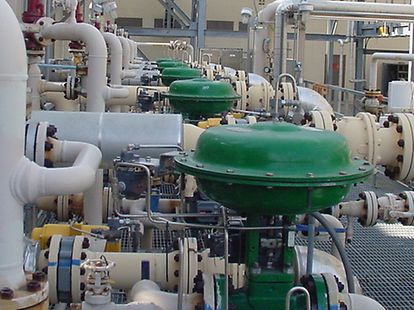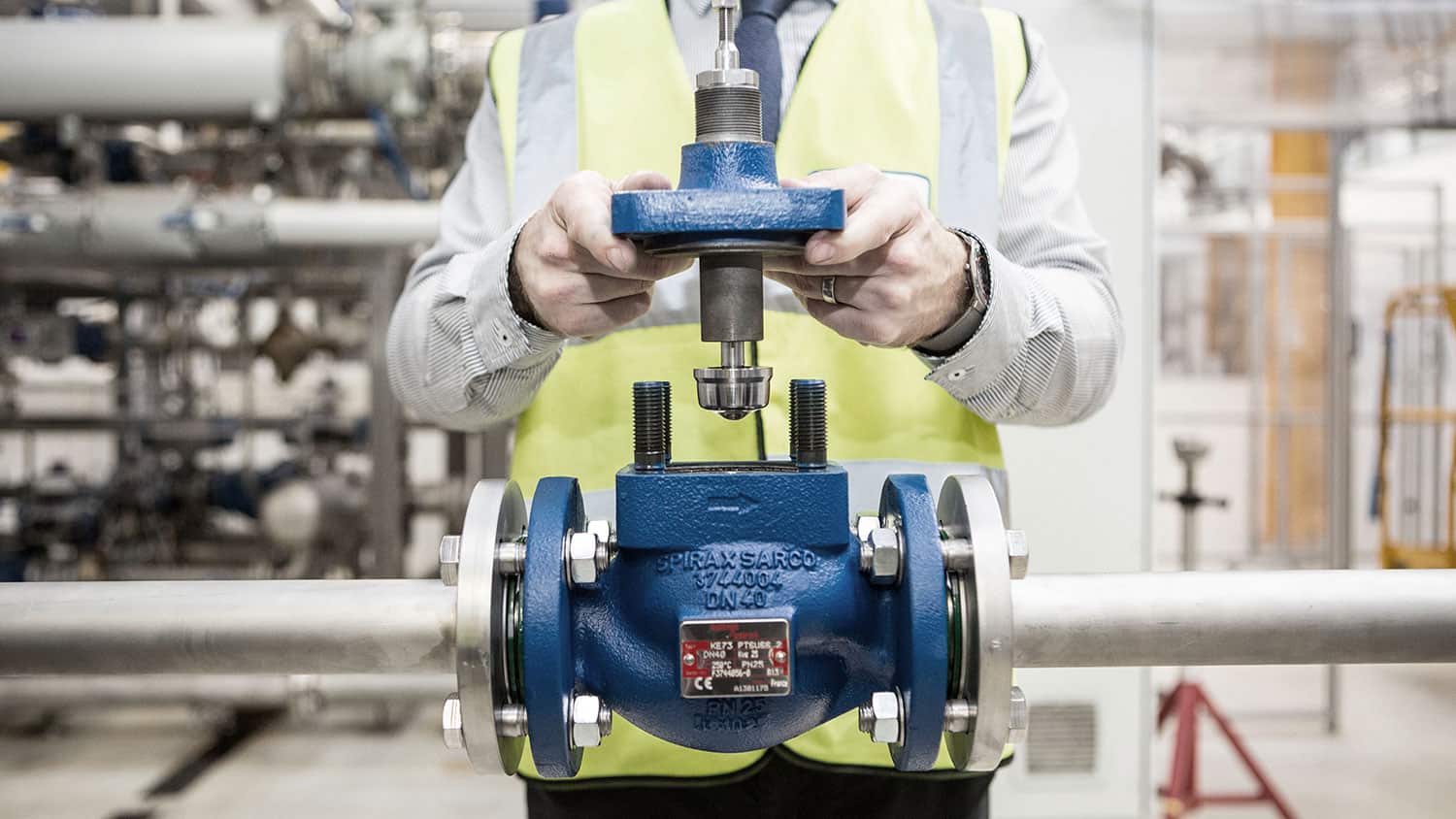Vital Variables to Think About When Picking Control Valves
Vital Variables to Think About When Picking Control Valves
Blog Article

Maximize Power Cost Savings and Comfort With Advanced Structure Automation Controls
In the world of modern-day architecture and facility management, the integration of sophisticated structure automation controls stands as an essential advancement. By utilizing the power of automation, buildings can adjust, respond, and develop in ways that were when unbelievable.
Power Effectiveness Advantages
Power effectiveness advantages can dramatically minimize energy usage and operational costs in buildings. Energy-efficient systems, such as advanced building automation controls, can optimize the usage of resources like heating, air conditioning, and lighting, leading to reduced energy costs over time.
Furthermore, improved power effectiveness can extend the life-span of structure devices and systems. By running extra effectively, cooling and heating systems, light, and various other structure elements experience much less damage, resulting in reduced upkeep and substitute expenses. Furthermore, energy-efficient structures typically command higher residential property values and rental rates, supplying long-term financial advantages to owners.
Additionally, power effectiveness can enhance occupant comfort and efficiency. Properly managed indoor environments with ideal illumination and thermal conditions produce a more conducive and pleasurable workspace, causing improved employee complete satisfaction and efficiency. On the whole, the power efficiency advantages connected with advanced building automation controls are complex, including expense savings, ecological stewardship, and resident health.
Improved Convenience Control
Enhancing convenience control in building settings calls for a sophisticated combination of sophisticated automation systems for ideal passenger health. By utilizing innovative structure automation controls, centers can customize the interior setting to fulfill the particular needs and preferences of owners. These systems make it possible for precise policy of ventilation, temperature level, and lighting, producing a effective and comfy environment. Owner complete satisfaction and productivity are carefully linked to thermal convenience, making it vital to have systems in location that can adjust to changing conditions in real-time.
Boosted comfort control exceeds basic temperature level modifications. It includes functions such as customized settings, tenancy sensors, and natural light usage to produce a responsive and vibrant atmosphere. By incorporating these advanced controls, structures can not just improve convenience however also enhance power effectiveness by enhancing system procedures based on real tenancy and usage patterns. Eventually, prioritizing owner comfort through innovative automation systems leads to a much more pleasurable and much healthier indoor setting.
Operational Effectiveness Improvements

Moreover, the execution of real-time surveillance and analytics tools enables structure operators to determine power inefficiencies and functional anomalies without delay. By continually checking power usage patterns and system performance metrics, changes can be made in real-time to optimize power usage and make sure peak operational effectiveness. control valves. In addition, including demand feedback approaches right into structure automation controls can further boost operational performance by dynamically readjusting power usage based upon grid conditions and rates signals
Indoor Environment Optimization
Efficient indoor environment optimization is a basic facet of structure automation controls, making sure owners' comfort and wellness while making pop over to this site the most of power savings. By using advanced sensing units and controls, developing automation systems can continually adjust and keep track of temperature, moisture degrees, air quality, and air flow to develop an optimal interior setting. Maintaining regular and comfortable conditions not only improves owner complete satisfaction yet also enhances performance and total wellness.
Interior climate optimization likewise plays an essential function in energy efficiency. By fine-tuning ventilation, home heating, and air conditioning systems based upon real-time information and occupancy patterns, building automation controls can significantly minimize energy consumption - control valves. For example, implementing methods such as demand-controlled air flow and thermal zoning can help decrease energy waste while making certain that each area of the building visit homepage obtains the necessary conditioning.

Lasting Atmosphere Creation
Structure automation controls not only optimize indoor environment conditions for power efficiency and occupant comfort however also lay the structure for developing a sustainable setting via tactical monitoring of sources and systems. By incorporating sophisticated building automation innovations, such as sensing units, actuators, and intelligent software, facilities can keep track of and change energy use in real-time to lessen waste and reduce their carbon impact. These systems allow predictive upkeep, determining potential issues before they rise and optimizing devices performance to boost long life and efficiency.
Furthermore, lasting environment creation extends beyond energy monitoring to incorporate water conservation, waste reduction, and interior air quality enhancement. Building automation controls can regulate water use, detect leaks, and guarantee proper waste disposal techniques, contributing to overall sustainability efforts. Additionally, by regulating and checking ventilation and filtration systems, these modern technologies boost owner wellness and efficiency while reducing energy consumption associated with heating and cooling procedures.
Verdict
In conclusion, advanced building automation regulates deal significant advantages in regards to energy cost savings, convenience control, operational efficiency, indoor climate optimization, and developing a lasting atmosphere. By executing these controls, buildings can accomplish optimal performance while lowering energy intake and enhancing passenger convenience. It appears that using advanced automation modern technology is vital in enhancing structure efficiency and developing an extra lasting future.
Power efficiency benefits can considerably minimize power intake and operational expenses in buildings. In general, the energy efficiency benefits linked with innovative building automation controls are complex, encompassing cost financial savings, ecological stewardship, and owner well-being.
Furthermore, incorporating need reaction strategies right into structure automation controls can better boost functional performance by dynamically changing power use based on grid conditions and pricing signals.
Building automation regulates not just maximize interior climate conditions explanation for power performance and owner comfort but additionally lay the foundation for producing a lasting environment through tactical administration of systems and resources.In verdict, advanced building automation regulates offer considerable benefits in terms of power financial savings, comfort control, functional efficiency, interior environment optimization, and producing a sustainable environment.
Report this page